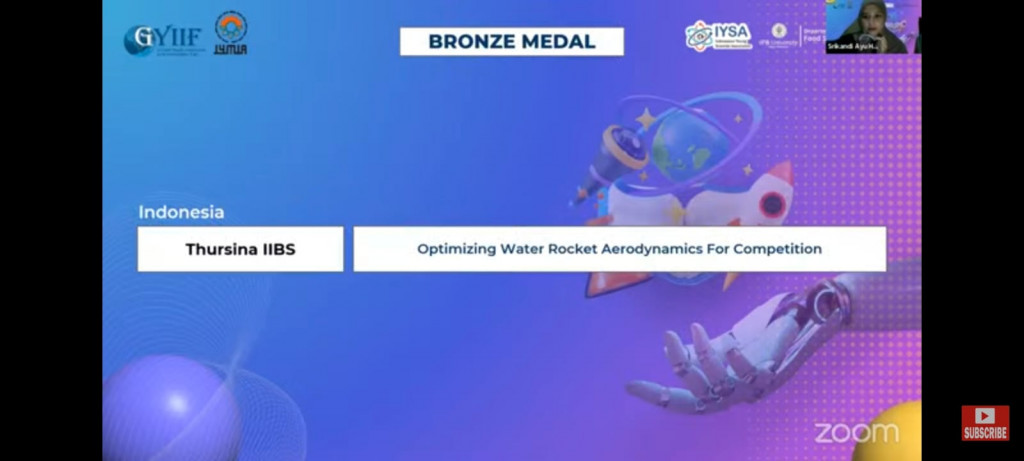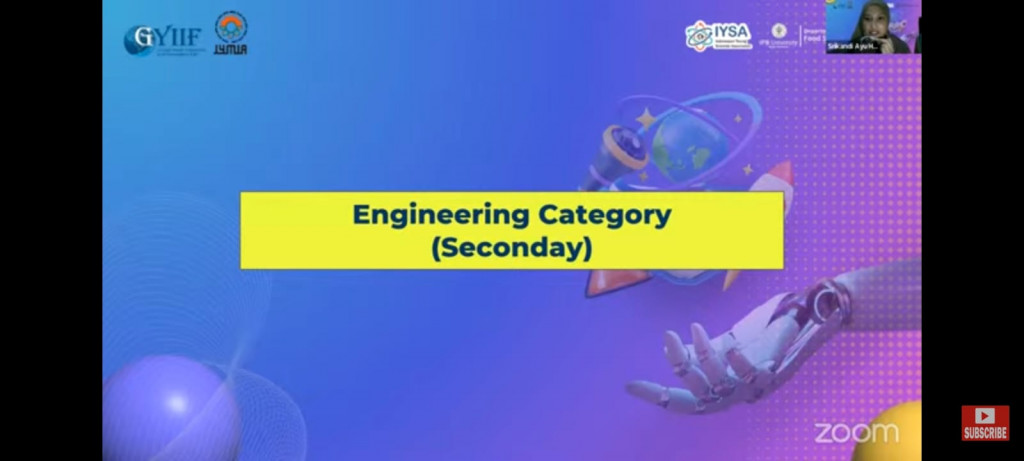Thursina IIBS Students Secured IYMIA 2024 Bronze with Innovative Water Rocket Fin



According to Ustadz Helmi, these students also employed SimScale, another online software, to run a CFD simulation on the 3D model. This enabled them to comprehensively analyze the aerodynamic performance of each fin model. The dimensions of the 3D model rocket remained constant, with a height of 100 mm and a width and length of 21.50 mm. Meanwhile, the independent variable were the fins, each with specific dimensions for the Delta Fin and Elliptical Fin.
The simulation process involved setting up flow regions in SimScale, following specific dimensions to ensure accurate results. “The team meticulously controlled every variable, such as the width and length of the rocket, while also focusing on the fins as the independent variable. Mesh refinement techniques were applied to capture wakes more accurately,” Ustadz Helmi illustrated.
Once the simulation was complete, the team analyzed the results in the 'Results and Discussions' section of their paper. The graphical representation indicated that air flow was more stable in the elliptical fin model simulation compared to the delta fin model. This demonstrated how the elliptical fin provided better aerodynamics, in accordance established physical theories and previous research.
